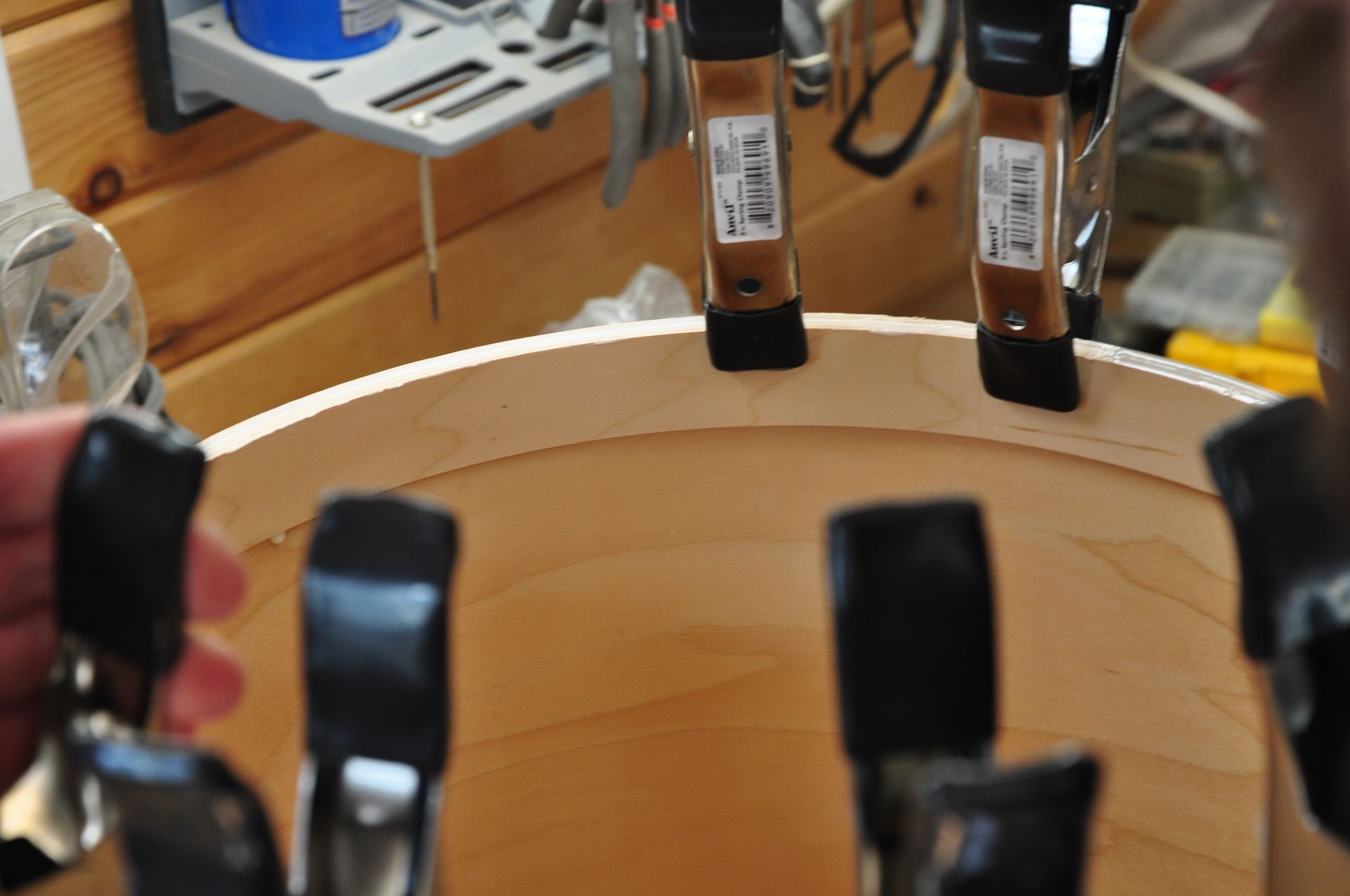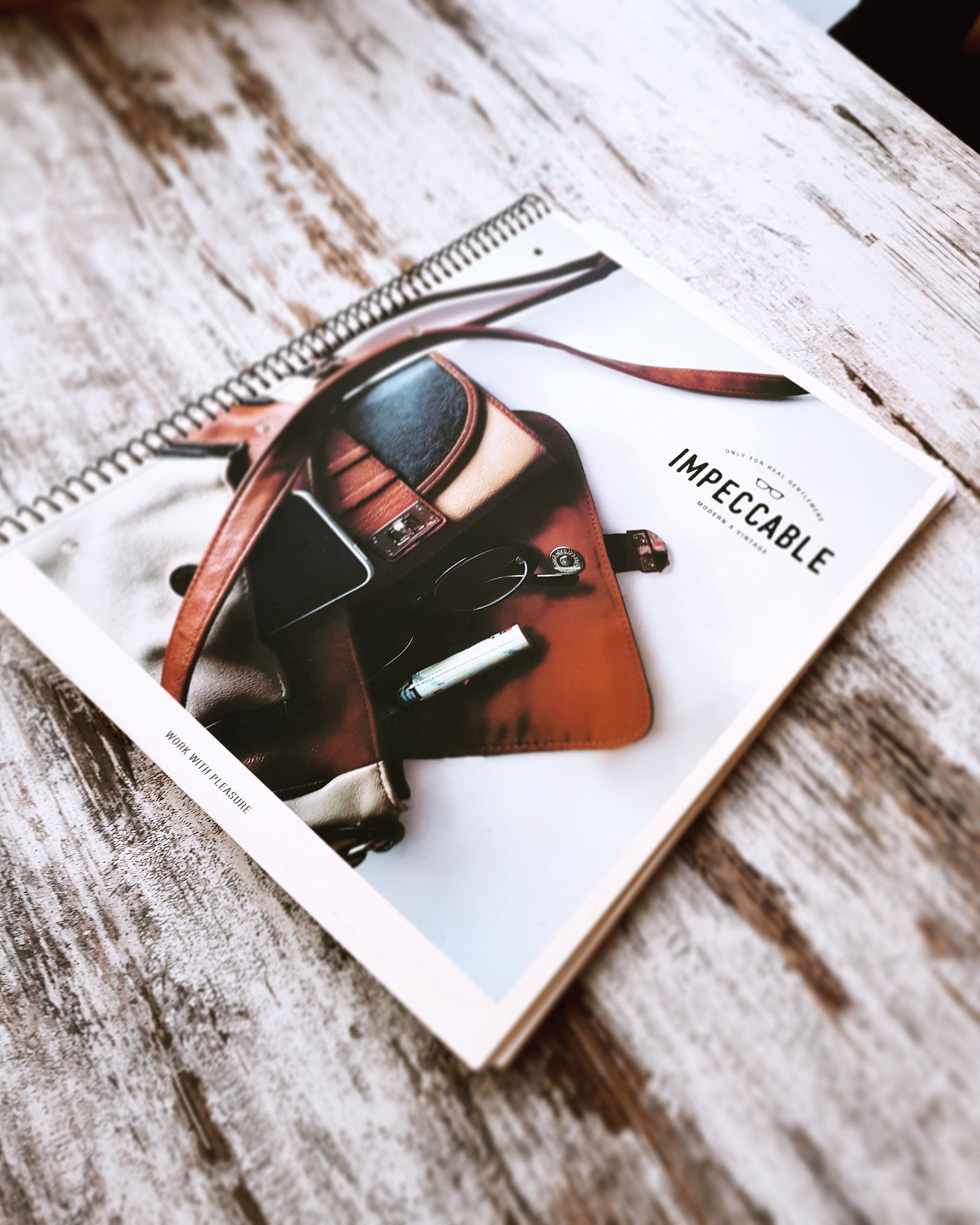The Art of Struggling in Music: Moving Past Roadblocks with Ease
Music practice can sometimes feel like a battle, especially when you're stuck on a piece that seems insurmountable. There are ways to make this process more enjoyable and effective, no matter your age or experience level. Let's explore some strategies that can transform your practice sessions from frustrating to fulfilling.
Creating the Perfect Practice Environment
Your environment plays a crucial role in your practice efficiency. Find a quiet spot that’s dedicated to your music practice. It’s not just about reducing distractions; it’s about creating a mental space where you’re prepared to focus. And yes, keep those essential tools — like a pencil for annotations, a metronome, and a tuner — within arm's reach.
Setting Intentions and Goals
Remember, playing through your music isn't the same as practicing. Before you begin, set a clear goal for what you want to achieve in that session. It might be working on a tricky passage or improving your timing. And if you're ever in doubt, ask your teacher for specific goals to work towards.
Approaching Practice Like a Workout
Think of your practice session as a workout. Start with warm-ups (like rudiments), then move to the main part where you tackle the challenging sections, and finally, cool down with pieces you’re comfortable with. This not only prepares your body and mind but also structures your practice effectively.
Quality Over Quantity
It's not about how long you practice, but how effectively you do it. If you're stuck on a difficult part, break it down, then break it down, then break it down some more until you can understand what you're playing. Work on it for a short, focused period. If you're STILL struggling, leave it for the day and revisit it tomorrow. This incremental approach can yield surprisingly positive results.
Don’t Always Start at the Beginning
Avoid the temptation to always start practicing from the beginning of the piece. Focus on the parts that need the most work. This prevents the common problem of the beginning sounding great, but the latter parts not so much.
Adding Physical Challenges
Combine a challenging musical passage with a physical task, like playing while standing on one leg. It might sound silly, but it encourages your brain to develop new neural pathways, making the original task seem easier by comparison.
Visualization Techniques
Practice doesn't always require your instrument. Visualize playing your music, similar to how athletes use mental imagery. This can be a powerful tool, especially when you're away from your instrument but have some time to spare.
Reward Yourself
Remember to reward yourself for the hard work. This can be as simple as a favorite snack or a break to do something you enjoy. It helps in building a positive association with practice.
Choosing the Right Pieces
One common mistake is spending months on a single, challenging piece. Instead, pick easier pieces and focus on reading music. This builds fundamentals and improves overall playing more effectively than laboring over one difficult piece.
Returning to Challenging Pieces
If you've set a tough piece aside, it's okay. Work on other pieces that help you build the necessary skills. Often, when you return to the challenging piece, it will seem much more manageable.
Final Thoughts: The Joy of The Struggle
Remember, the goal of practice is not just to play one piece perfectly but to become a better musician overall. By diversifying your practice with easier pieces, focusing on specific challenges, and creating a positive practice environment, you'll find that music practice can be a rewarding and enjoyable journey. Keep making beautiful music, and remember, every small step forward is progress!







